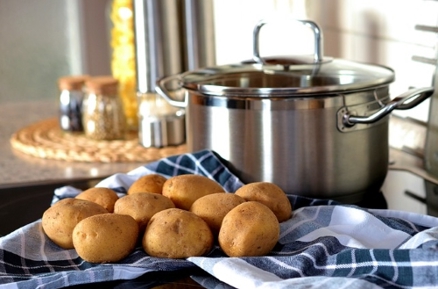Handling produce with kedushat shevi'it

Click here to download the PDF file.
Using and processing
√ Cooking, baking, grilling, roasting, and mashing foods generally processed this way.
√ Squeezing/juicing produce generally squeezed/juiced.
√ Juicing produce at home that is juiced on an industrial level.
√ Mashing foods for babies, even if these foods are not mashed for adults.
√ Feeding babies kedushat shevi'it produce (even if some spoils or is wasted).
√ Freezing fruits, juices, and soups if this does not cause them to spoil.
√ Mixing kedushat shevi'it food with other foods; the mixture now has kedushat shevi'it.
√ Peeling produce that is often peeled, even if the peels are edible.
× Peeling the flesh of the fruits or vegetables, when possible.
× Directly spoiling or wasting the food.
√ Indirectly causing food to spoil.
Handling peels and leftovers
√ Store leftovers and peels in a shemitah bin until they are no longer edible for humans
(raw food: 5–7 days; cooked food: two days). Afterwards they can be discarded in the regular garbage bin.
➡ Some are lenient and bag (preferably double bag) the leftovers and place them directly in the regular garbage bin.
× Avoid mixing solid and liquid leftovers.
√ It is permissible to mix leftover kedushat shevi'it produce with fish and chicken scraps, if it does not make the fruits/vegetables disgusting.
➡ Some are stringent and double bag rotten kedushat shevi'it leftovers before discarding them.
√ Liquid leftovers with kedushat shevi'it can be kept out all night, and then discarded.
√ Wash small bits of produce stuck to pots, dishes, and cutting boards.




